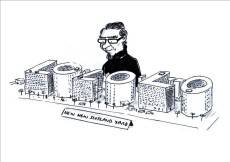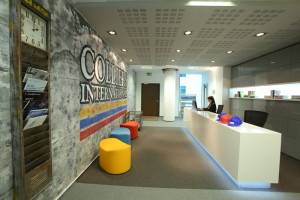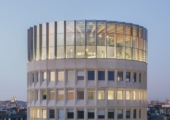May 21, 2013
Worldwide competition launched by RIBA to design a new Scotland Yard
A worldwide competition to design a new Metropolitan Police HQ has been launched by the Royal Institute of British Architects (RIBA). The force is moving from its landmark New Scotland Yard site in Westminster, central London as part of cost cutting measures. The project on behalf of the Mayor’s Office for Policing and Crime (MOPAC) and Metropolitan Police Service (MPS) will involve the redevelopment of the existing and currently unoccupied Curtis Green MPS building located on the Victoria Embankment, London, SW1. Roger Harding MPS – Director of Real Estate Development said: “The opportunity to create a modern efficient working environment for the Met’s future headquarters, with world-class architecture that provides value for money and is alive to the history of the building provides a wonderful challenge.” (more…)



























May 21, 2013
Artists sing about office furniture. Part 2 – My Chemical Romance
by Roger Carr • Comment, Furniture, Workplace design
[embedplusvideo height=”230″ width=”210″ standard=”https://www.youtube.com/v/BS2InBvlIto?fs=1″ vars=”ytid=BS2InBvlIto&width=210&height=185&start=&stop=&rs=w&hd=0&autoplay=0&react=1&chapters=¬es=” id=”ep8069″ /]
Roger Carr writes: I always like “Furniture music” by Bill Nelson’s Red Noise – but upon listening to it again it could be domestic furniture too. But “Cubicles” by “My Chemical Romance” is surely about the lonely disassociated world of the (unrequited) love sick office cubicle dweller.It’s a tough listen after Harry Nilsson’s desk related joy and his close personal relationship with either a lump of wood or God depending on your point of view, but the MCR track might possibly help to explain the rush to escape the cubicle.
(more…)